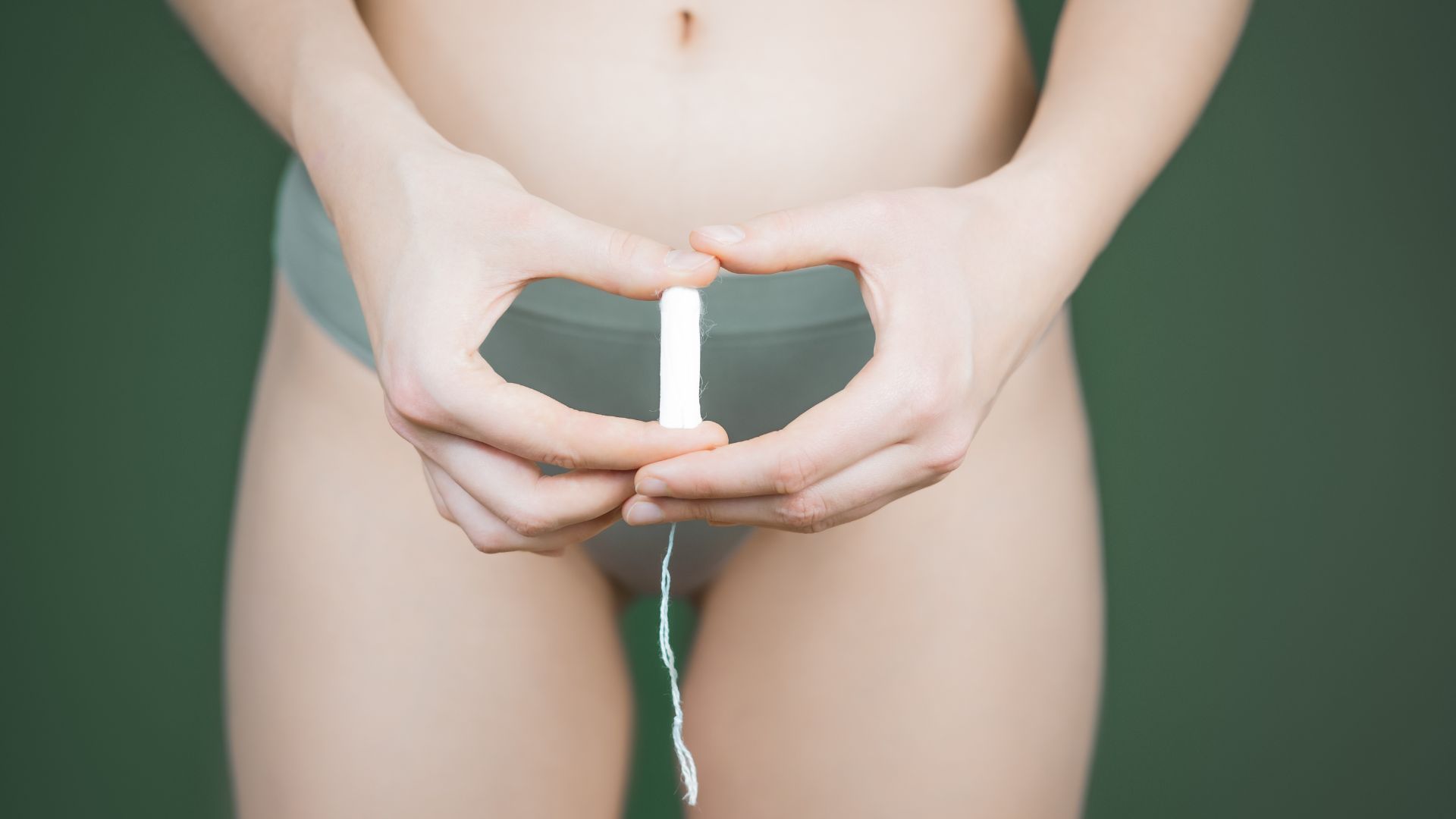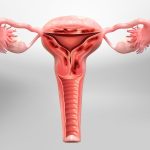
What is toxic shock syndrome?
Toxic shock syndrome (TSS) is a very rare but serious illness caused when toxins are released into the bloodstream from bacteria. The toxins can cause symptoms of shock and can also damage organs and body tissue, which can cause death if left untreated. It is often caused by staphylococcus aureus (staph) bacteria.
TSS can affect anyone. It is more common among women when they are menstruating, but there is no evidence that tampons cause TSS.
What are the symptoms of toxic shock syndrome?
TSS can cause a number of symptoms, including:
- diarrhoea
- a sudden high temperature (40°C or above)
- confusion
- dizziness
- tiredness
- vomiting
- aching muscles
- headaches
- low blood pressure
- red eyes, mouth and throat
- a red rash like sunburn found on the hands and feet that peels
- seizures
What causes toxic shock syndrome?
TSS can happen after a burn or surgery, from a skin infection, soft tissue injuries, after childbirth or after a serious nosebleed.
TSS is not caused by tampons, though staph bacteria live in the vagina and there is a higher chance of TSS during a period. It is important to replace tampons regularly and always wash your hands before inserting a tampon.
How is toxic shock syndrome treated?
TSS is treated in a hospital, using antibiotics and providing support to the other functions of the body that have been affected. Treatment is normally successful if TSS is detected early on.
Can toxic shock syndrome be prevented?
There are several ways you can help lower your chance of developing TSS, these include:
- washing your hands regularly, including before and after tending to wounds or burns
- make sure all wounds and burns remain clean and are properly cared for
- washing your hands before and after inserting a tampon
- use a tampon with the lowest absorbency for your menstrual flow and change the tampon as often as advised on the pack — about every 4 to 8 hours
- alternating tampons with sanitary pads every so often during your period and using a sanitary pad at night
- never inserting more than one tampon at a time and remove the last tampon at the end of your period



